It used to be said that Bruckner composed the same symphony nine times, whereas, thanks to the comparative frequency of performances now, we know that his nine numbered symphonies are as different from one another as Beethoven’s nine. Nothing could make that clearer than the performances of the Fifth and the Ninth given by the Philharmonia Orchestra under Andris Nelsons, three days apart, at the Royal Festival Hall. The Fifth, as befits its stature and length, was given alone. It is Bruckner’s most demanding symphony both to listen to and to conduct. Nelsons is still, I think, at an early stage in his Brucknerian pilgrimage, and his account of the work was not a complete success, but then very few are.
Neville Cardus, in an essay on the composer, tells of going to a performance of the Fifth in Salzburg in the 1930s, with Sir Thomas Beecham as his companion. After the third movement Beecham got up to leave, and said to Cardus, ‘In the first movement I counted five pregnancies and four miscarriages.’ I had something of the same feeling with Nelsons’s account, indeed with most performances. What is needed, what only Furtwängler in his 1942 account with the Berlin Philharmonic and a tiny number of other great Brucknerians have managed to provide, is the conviction that this is one of the most original symphonic movements ever written, in which separate musical ideas are baldly offered and temporarily abandoned, an improvisatory feeling gradually giving place to a sense that they are headed for a single goal, which is tentatively achieved at the end of the first movement, but only fully in the paeans that bring the symphony to its glorious end. If Beecham had stayed for the last movement he might have agreed. There aren’t many musical works on this scale in which the listener needs to be an active participant in the success of the performance, practising patience in the knowledge that the reward will be commensurate with the effort.
The last time, before this, that I heard the Fifth in the Festival Hall was in the early 1980s, with Karajan conducting the Berlin Philharmonic. It was staggering. The richness of the strings in the second theme of the slow movement was so overpowering that it elicited a communal gasp from the audience. But in the end it was overpowering rather than moving. Nelsons could not have got that kind of sound from the Philharmonia, and wouldn’t have wanted to. The strings were lean throughout, the brass pungent rather than commanding, satisfaction came from picaresque detail more than from movement towards a climactic conclusion, which, when it came, seemed to be just one last thrilling episode.
The second concert was cleverly planned. Before the interval Paul Lewis was the soloist in Mozart’s last piano concerto, in B flat K.595. It was as satisfying a performance of this gentle, elegiac concerto as any I have heard. Lewis went in for quite a few ornamentations, from the start, but that added to the freshness and didn’t lessen the pervasive melancholy of the piece, nor prevent the disconcerting dislocations of key in the first movement from making their effect. It created just the mood for the stupendous performance of Bruckner’s Ninth that followed. This symphony is dedicated ‘to the dear God’, and it would be interesting to know what the dear God, had He existed, would make of this strangest of offerings, if not tributes, to Him. A less celebratory work is impossible to imagine; even the Parsifal-inspired string ascents at the start of the slow movement are more questions than answers. This extraordinary masterpiece is one of the hardest works in the whole musical repertoire to pin down; its elusiveness is central to its greatness. There have been, and are, attempts to reconstruct Bruckner’s sketches — extensive ones, we only recently discovered — for the fourth movement, but any of the versions I have heard only make it clear that this symphony is intrinsically unfinished and that part of its stature derives from the anguished tentativeness of the slow movement’s close. Nelsons and his orchestra were at their finest here. After a climax of shocking dissonance, the most outrageous assault that music up to that time had endured, and the horrified silence that followed, there is one half-hearted effort to affirm — but what? This God is certainly absconditus — and then the only peace that Bruckner knew, the peace of utter exhaustion.
Thanks to the example of Claudio Abbado, I think, conductors now keep their arms aloft at the end of some pieces, and Nelsons maintained a long silence before the first hesitant applause. Not many works, not many concerts, should be as devastating as this.
Got something to add? Join the discussion and comment below.
Get 10 issues for just $10
Subscribe to The Spectator Australia today for the next 10 magazine issues, plus full online access, for just $10.
You might disagree with half of it, but you’ll enjoy reading all of it. Try your first month for free, then just $2 a week for the remainder of your first year.

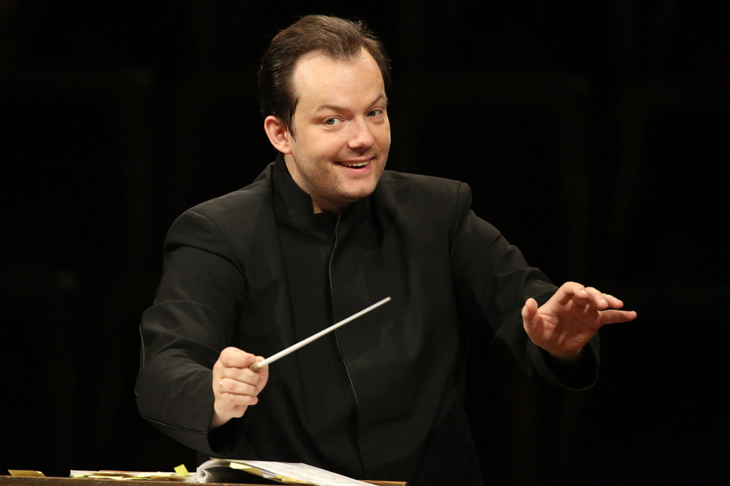
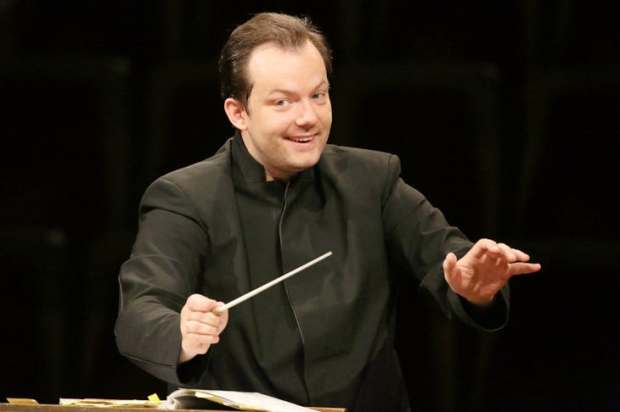
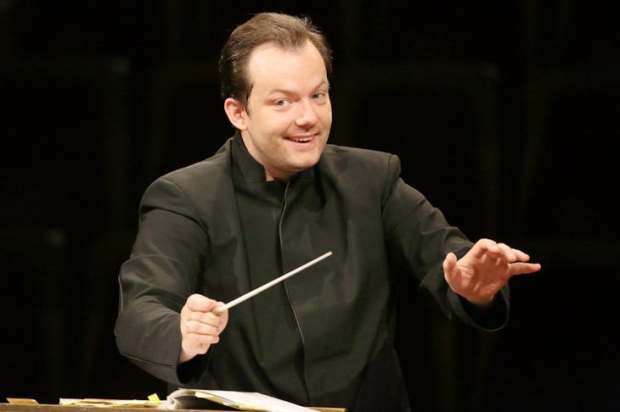
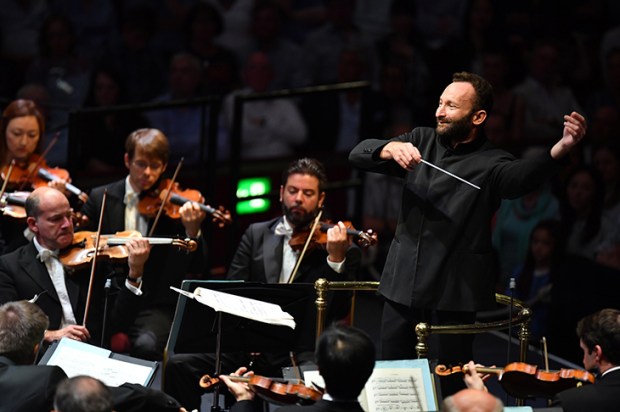
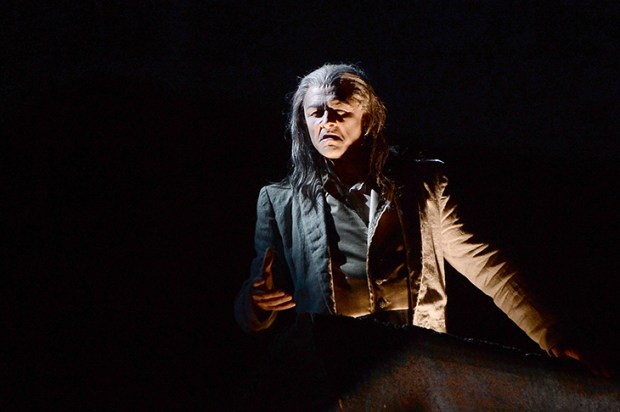
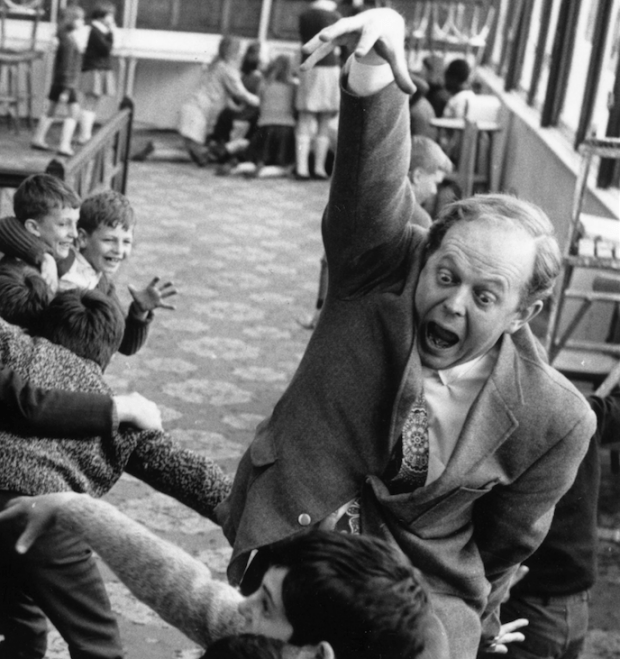
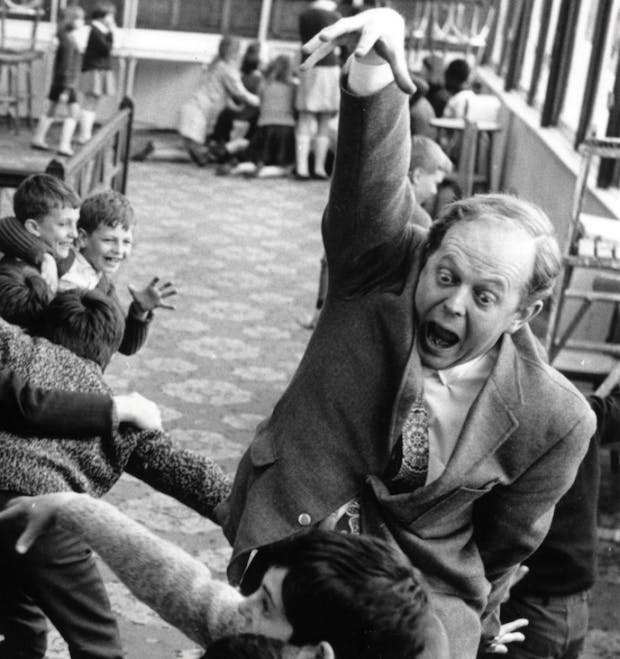






Comments
Don't miss out
Join the conversation with other Spectator Australia readers. Subscribe to leave a comment.
SUBSCRIBEAlready a subscriber? Log in